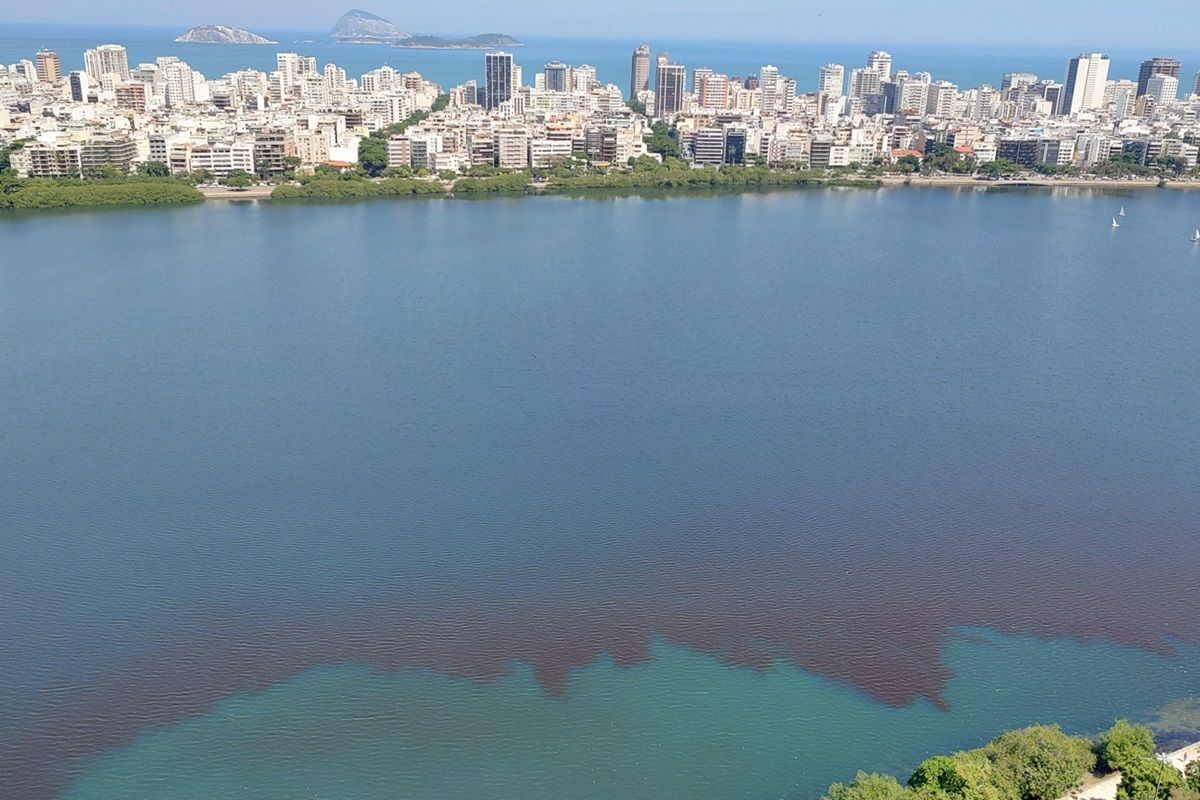D: It's time once again for the A Moment of Science mailbag...
Y: A listener writes:
Dear A Moment of Science,
I know that red tides have something to do with the ocean turning red near beaches, but I'm not sure what this means or why it's important. So what is a red tide?
D: Wasn't "Red Tide" a movie about a submarine or something?
Y: That was "Crimson Tide." A red tide is when lots of algae bloom near the shoreline and make the water appear discolored. But "red tide" isn't the best name, since the water doesn't always look red--sometimes it appears green, brown, or reddish-orange.
D: Okay -- so why is this interesting?
Y: Well, for one thing, red tides are sometimes toxic. They've been known to kill fish, shell fish and marine mammals like manatees. A really potent red tide can even harm people who breathe in the toxic gasses it gives off, or who eat poisoned shellfish.
D: Wow. What makes it so toxic? The algae?
Y: No--the algae is fine . . . it's microorganisms that feed on the algae--called dinoflagellates--that are the problem. They produce these complex, poisonous compounds that kill off sea life. Scientists are still trying to figure out exactly how and why this happens.
D: So is there anything scientists can do to stop red tides?
Y: No, at least not yet. But the more scientists learn about how red tides happen, the better they'll become at predicting when and where red tides might occur.










